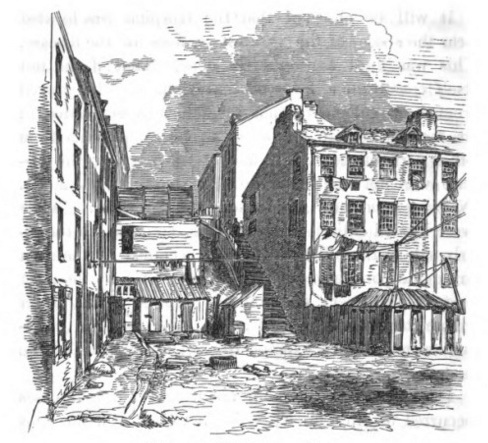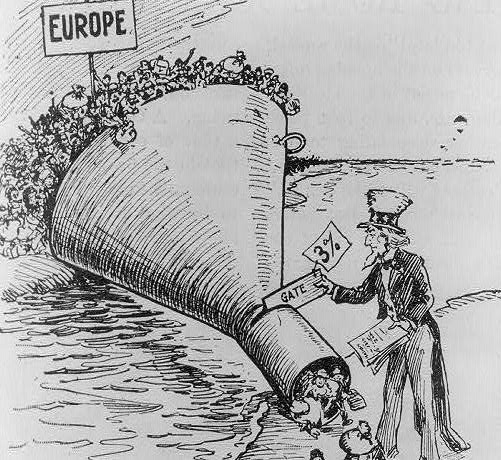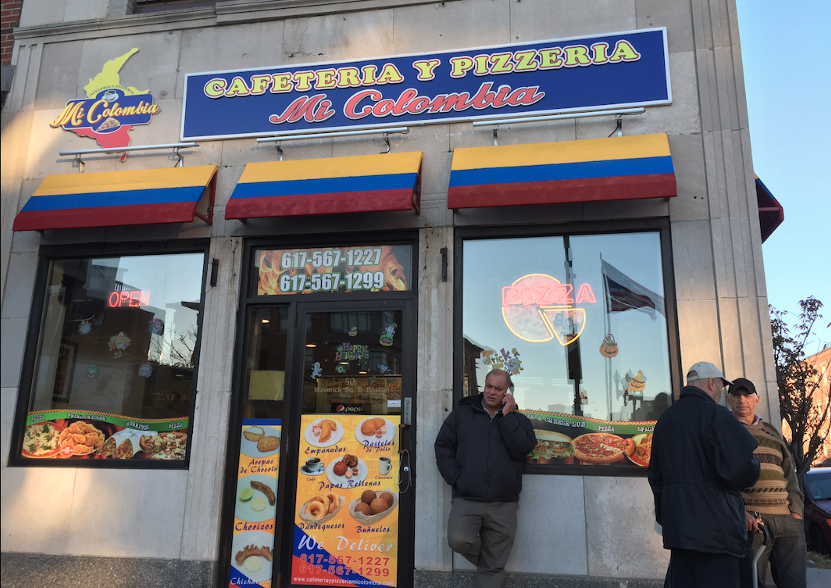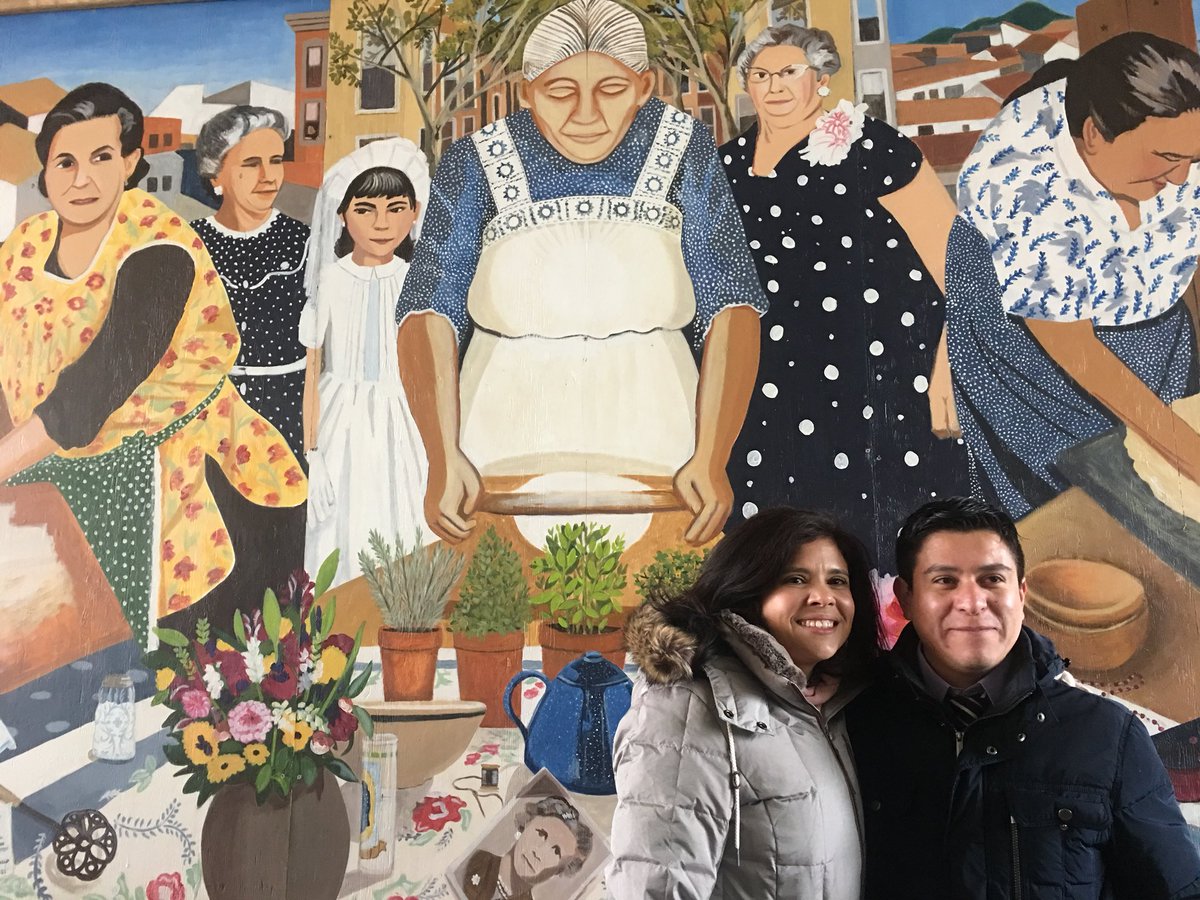Interested in using Global Boston in your classroom? This page has been developed especially for educators, making use of the website’s growing set of resources on immigration history in greater Boston. It features a unit plan that includes seven ready-to-use lesson plans on different aspects of immigration history, plus a final project.
The lesson plans can be used together or separately as needed. They are designed to align with the 2018 Massachusetts curriculum framework for US History I and II at the high school level, but can be adapted for other grade levels.
In this place-based history unit, students will use Boston as the basis for a study of key concepts, trends, and changes in immigration to the United States. In addition, students will focus on a neighborhood in Boston to frame their research on how immigrants change and impact a place, and they will complete a “Sharing Immigrant Stories” oral history project. This unit, created by Sol Christine Rheem (M.Ed, Boston College), uses the material of Global Boston as the vehicle for a place-based community investigation.
For a full curriculum map of this immigrant history unit, please click here. To see individual lesson plans, click on the boxes below.










